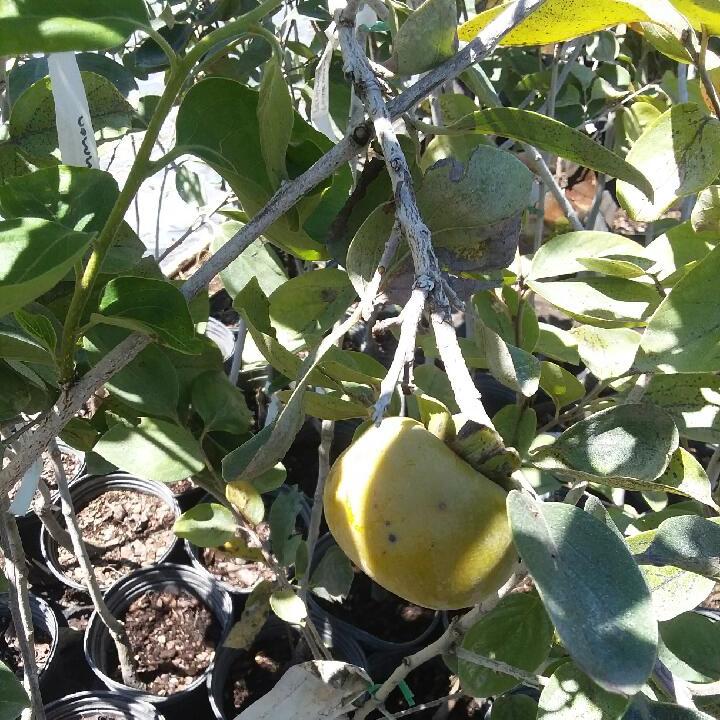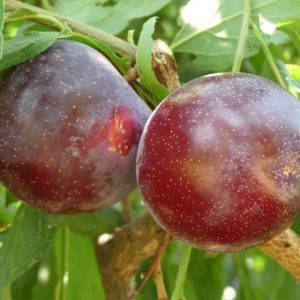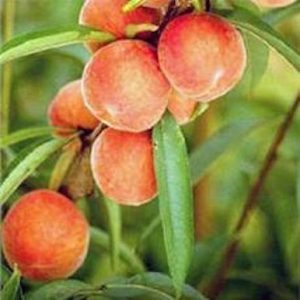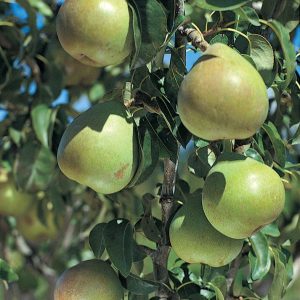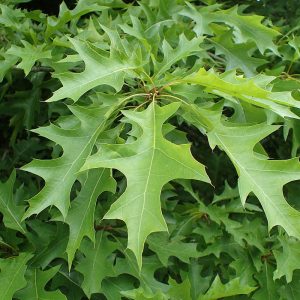$24.00
Every knowledgeable deer (and deer hunter) knows the only thing better than having a loaded persimmon dropping her sweet treats is having a GROVE of “simmons” to choose from. Those single trees are great but it seems the deer don’t go too far out of their way for just one tree. If you really want to bring ‘em in close from great distances, establish patches of trees to see some real results. Since persimmons can produce fruit on small stature trees, you may also want to plan ahead by planting a faster growing tree to hang a stand in nearby.

